Trending Now
Sunday, Nov, 2024
Home / 30 Crore Indian Students to be Under a Unified Credit System
30 Crore Indian Students to be Under a Unified Credit System
According to recent reports, educational institutes can now earn credits during their school education, including activities such as celebrating festivals, class tests, and school cleaning. The credits earned will be stored in the (ABC)- Academic Bank of Credit, like in higher education.
 by Pragti Sharma /
by Pragti Sharma /  20 Oct 2022 19:57 PM IST /
20 Oct 2022 19:57 PM IST /  0 Comment(s) / 250
0 Comment(s) / 250

According to recent reports, educational institutes can now earn credits during their school education, including activities such as celebrating festivals, class tests, and school cleaning. The credits earned will be stored in the (ABC)- Academic Bank of Credit, like in higher education. Building a one of its kind next-generation global instrument and bringing the entire 30 crore Indian student population under a unified credit system from across schools, higher education, and vocational education, including pre-school-- the government intends to introduce National Credit Framework (NCrF) in order to align the education system highlighting that there should be no harsh separation between curricular and co-curricular or between vocational and academic streams.
On Wednesday, taking the high-level inter-ministerial committee report on NCrF as the base, MoE- the ministry of education commenced a national-level public consultation about the exact. The framework plans to develop a unified credit accumulation and transfer for general and vocational education and from school to higher education.
As emphasized in the National Education Policy (NEP 2020), to make education more effective and holistic with a stress on the integration of general (academic), vocational education, and experiential learning, it becomes critical to demonstrate and formalise a national credit accumulation and transfer system.
National Credit Framework (NCrF) offers creditisation of all learning and assignment, storage, transfer, accumulation, and redemption of credits, subject to assessment.
According to the report of the high-level inter-ministerial committee on national credit accumulation and transfer framework guided by Nirmaljeet Singh Kalsi- the chairperson of the National Council for Vocational Education & Training said a student can earn more than 40 credits for learning up to 1200 hours per year. For pre-school, up to Class V, the learning time range from 800 to 1000 hours. Doing away with separation between diverse learning areas- sciences, arts, academic and vocational streams, curricular and co-curricular for assignment of credit and credit level, the assignment of credits is independent of the subjects, streams, and other learning subject to assessment.
While announcing the public consultation on the National Credit Framework (NCrF), Union education minister Dharmendra Pradhan stated that the credit was elite so far. Somebody working on the farms who studied up to class VI will get credit for the experience system in position for accreditation and evaluation. After earning credit for four years, they can appear for class X via NIOS after accomplishing a minimum qualification competency level. He added that experience, knowledge, and competency assessment will help the candidate to appear for the exam after two years and then do a polytechnic or other degree.
Pradhan said the student registration would be Aadhar enabled, and per candidate will get an academic bank account number
where degrees and credits would keep getting deposited. The Digi locker will evolve into a knowledge locker.
Chairperson of UGC, M Jagadesh Kumar, stated that credits would be available in school and skill education. The National Credit Framework (NCrF) is the foundation in which we will have three verticals synchronized – the school education framework, skill education framework, and higher education framework. This approach will offer better mobility to the students from one level to another and between institutions. It is one integrated system with diversity and flexibility.
The report said: Accordingly, the learning shall not be restricted to only instructional hours but also contain all other activities in the educational institution, earlier categorised as extra-curricular or co-curricular.
The University Grants Commission, National Institute of Open Schooling, NCVET, NCERT, All India Council for Technical Education, CBSE, ministry of skill development, MoE, and directorate general of training have jointly developed the National Credit Framework (NCrF).
The National Credit Framework (NCrF) credit levels for school education are up to level 4. For higher education from Level 4.5. to level 8 (undergraduate or UG levels 4.5, 5.0, 5.5, and 6.0, postgraduate or PG levels 6.0, 6.5, and 7.0, and Ph.D. level 8) and for vocational education & training level 1 to level 8.
The report further said that the credit points might be redeemed according to the guidelines of ABC for entrance or admission in school, technical, higher, or vocational education programmes or courses at numerous levels allowing horizontal and vertical mobility with diverse lateral entry options.
M Jagadesh Kumar said that the objective is that every student right from schooling will have their credits reserved in ABC. The progression from one level to the next depends on well-defined learning outcomes. This credit system offers various benefits. Credits can be used for the multi-entry multi-exit at diverse.
Credits can be accumulated over a period to achieve qualifications. Because all three systems are combined into a common credit framework, students will have improved flexibility and mobility.
News Source: The Times of India

EShort / February 16, 2024
IMS Noida Admissions 2024: Apply for UG, PG programmes

EShort / February 16, 2024
GATE 2024: Response sheet out

EShort / February 16, 2024
BSSTET 2023: Admit card released

EShort / February 16, 2024
NID DAT 2024: Prelims result released

EShort / February 16, 2024
IIT JAM 2024: Response sheet released

Jobs / February 16, 2024
UPSC Recruitment Drive 2024: Apply for 120 vacancies in various departments

EShort / February 14, 2024
UPSC CSE 2024: Official Notification issued; application process begins

Editor's Desk / April 17, 2020
How Does Society Impact Our Education?

Current Affairs / April 22, 2020
Mr. Sudarsanam Babu appointed to U.S. Science Board.
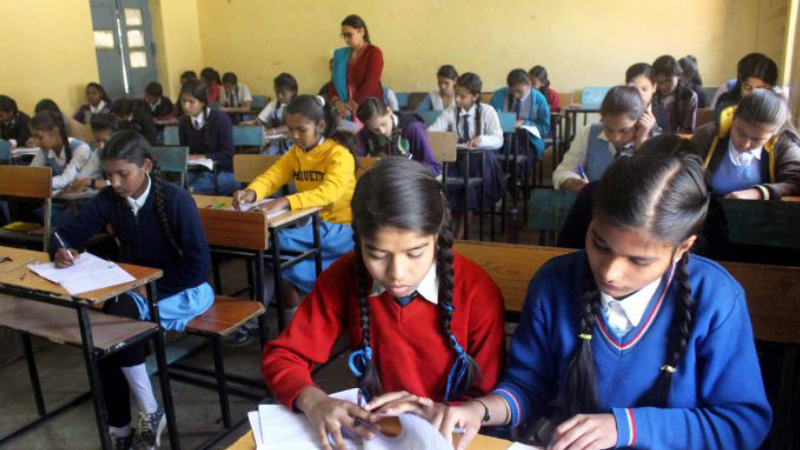
Reforms / April 17, 2020
Traditional Structure of Education In India
.jpg)
Events & Seminars / April 17, 2020
PISA!!
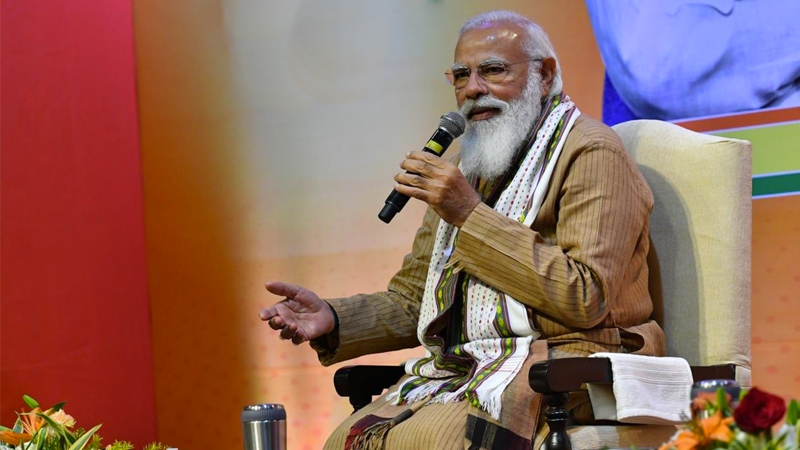
Blog / February 26, 2021
Government's Action On #ModiRojgaarDo

EShort / May 19, 2022
CUET PG 2025 has started the registration process.

Notice Board on Important Dates / April 21, 2020
World Heritage Day

News / July 08, 2021
JEE Mains Registration For Session 3: Last Date To Apply

EShort / December 14, 2021
UPSC Declared Final Result For DCIO Recruitment



 Program 2024 for Financially Disadvantaged Students-02.png)


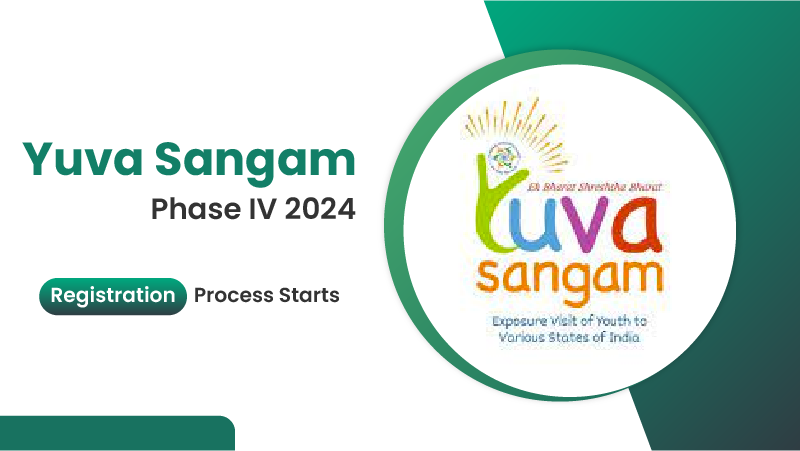


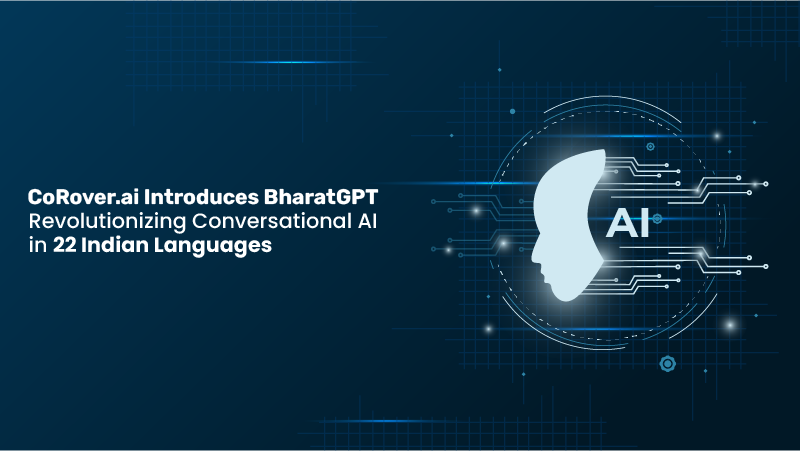


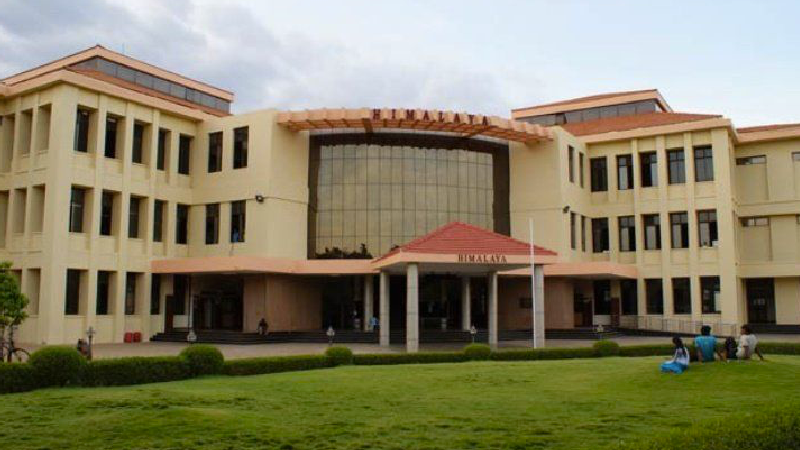



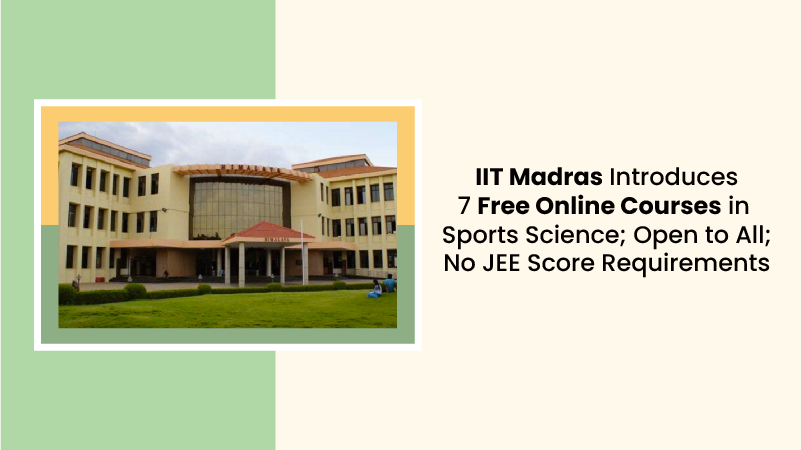


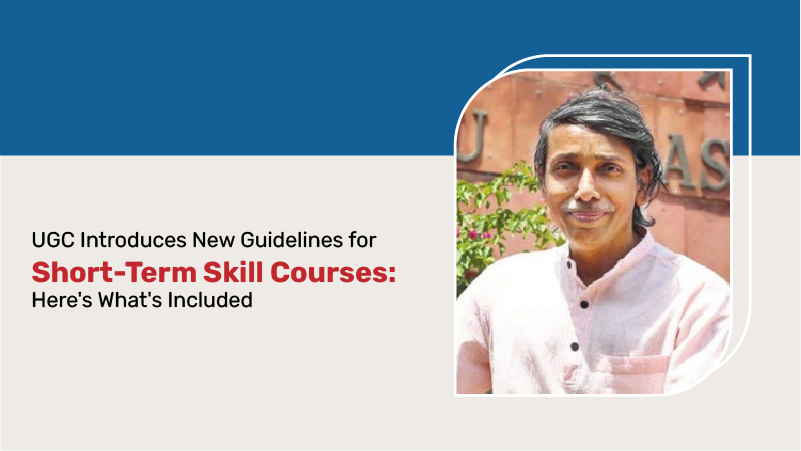
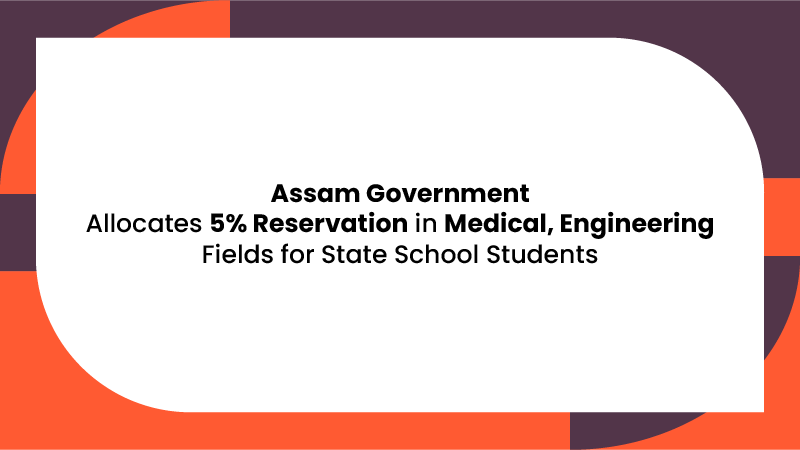

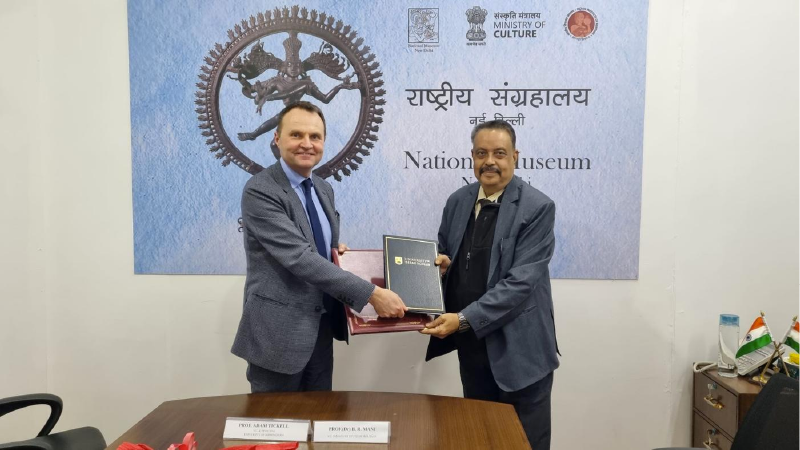
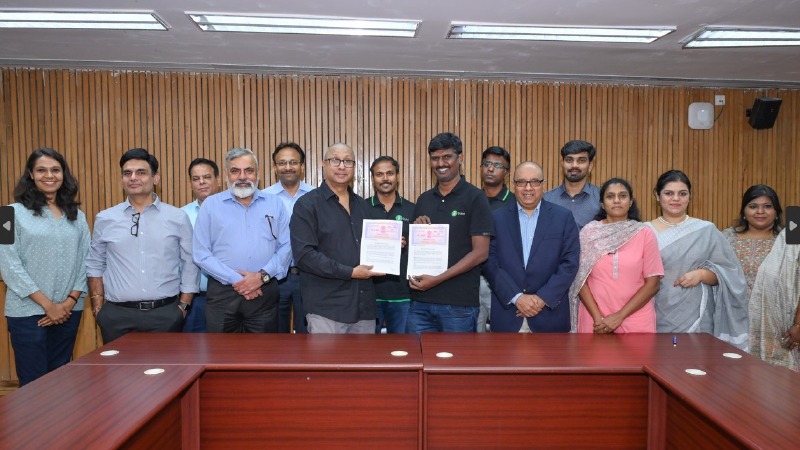
0 Comments
Post Comments